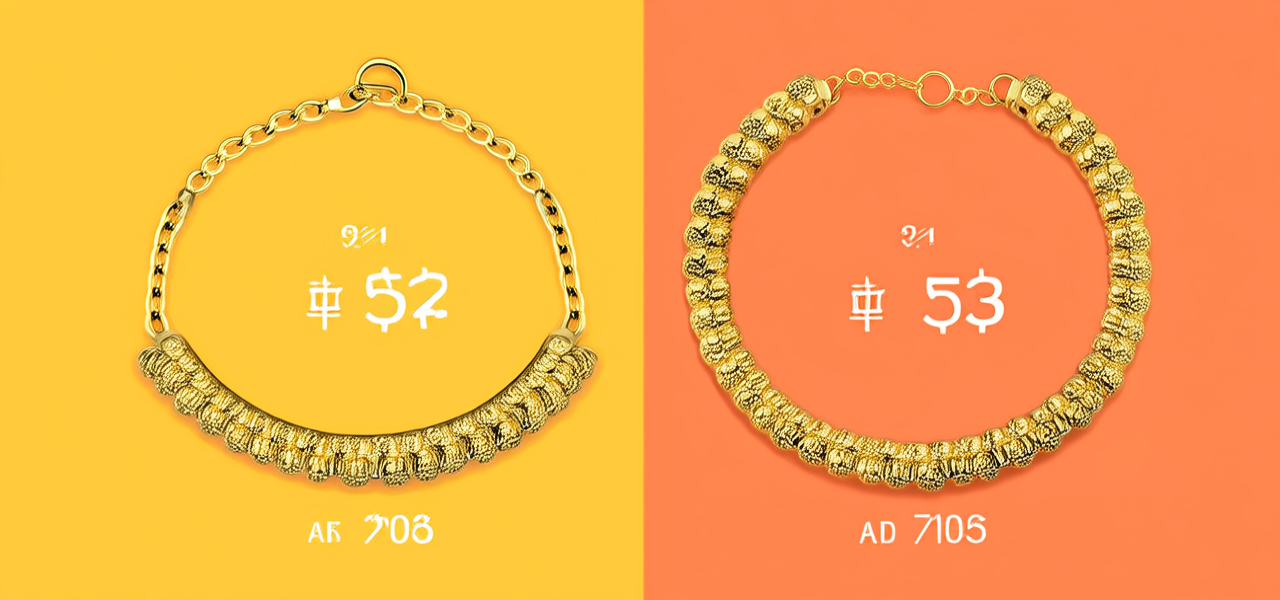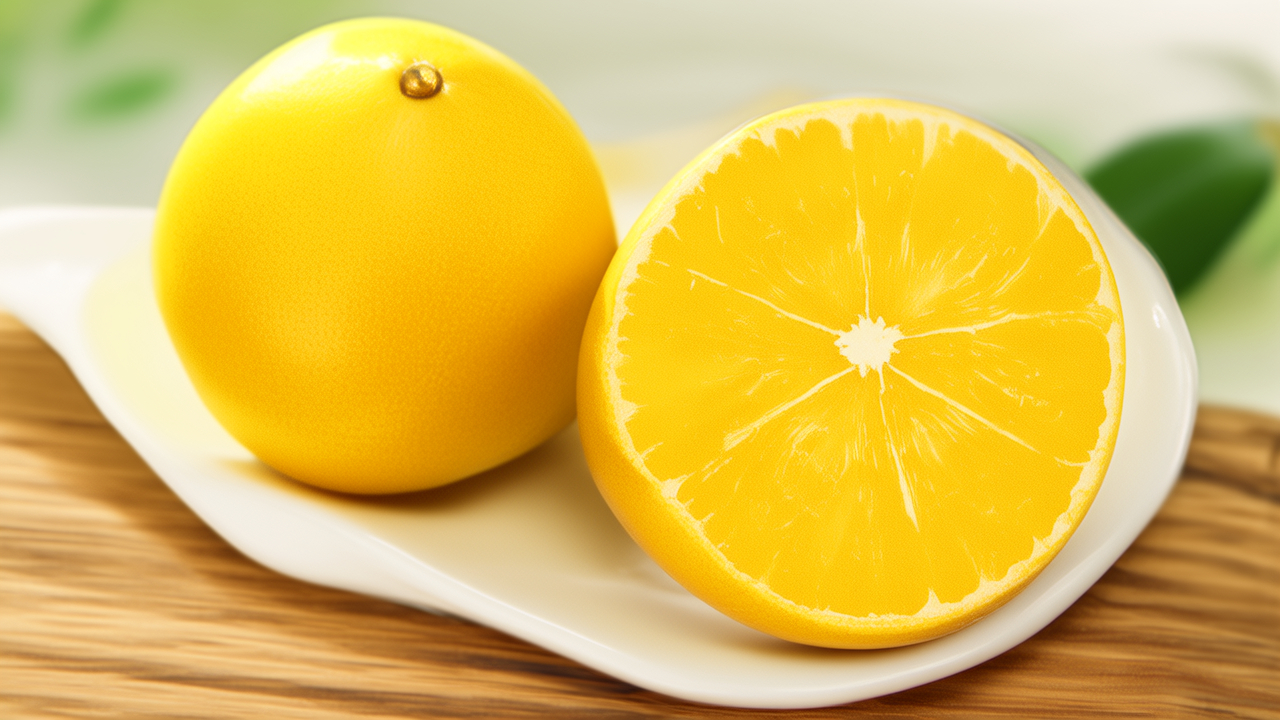Wd提问: ai做网格背景
Ai批改: Creating a grid background using AI can be an interesting project、Here's a basic guide on how to approach this using Python with libraries like Pillow for image creation and numpy for numerical operations、We'll generate a simple grid pattern and then enhance it with some AI-driven features, but for simplicity, the AI part will mainly focus on making the grid customizable through parameters.
Step 1: Setting Up Your Environment
First, make sure you have Python installed on your computer、Then, you'll need to install Pillow and numpy if you haven't already、You can do this by running:
bash
pip install Pillow numpy
Step 2: Creating a Grid Background
Below is a simple Python script that generates an image with a grid background.
python
from PIL import Image, ImageDraw
import numpy as np
def create_grid_background(width=800, height=600, cell_size=50, line_color=(0,0,0), bg_color=(255,255,255)):
Create a new image with white background
img = Image.new('RGB', (width, height), bg_color)
draw = ImageDraw.Draw(img)
Calculate the number of cells in each direction
num_cells_x = int(np.ceil(width / cell_size))
num_cells_y = int(np.ceil(height / cell_size))
Draw grid lines
for i in range(1, num_cells_x):
x = i * cell_size
draw.line((x, 0, x, height), fill=line_color)
for i in range(1, num_cells_y):
y = i * cell_size
draw.line((0, y, width, y), fill=line_color)
return img
Example usage
img = create_grid_background(width=800, height=600, cell_size=50)
img.save('grid_background.png')
Step 3: Enhancing with AI (Optional)
If by AI you mean adding more complex or intelligent features, such as making the grid dynamically adapt or change based on some input, you would need to define what AI-driven features you're looking for、For example, you could use machine learning models to generate grids based on images or specific patterns.
However, for a simple, yet somewhat intelligent grid generation, let's say we want to create a grid where the cell size is determined by the smallest dimension of the image and a specified number of cells:
python
from PIL import Image, ImageDraw
import numpy as np
def create_dynamic_grid_background(width=800, height=600, num_cells=10, line_color=(0,0,0), bg_color=(255,255,255)):
Determine cell size based on the smallest dimension and number of cells
cell_size = min(width, height) // num_cells
Create a new image with white background
img = Image.new('RGB', (width, height), bg_color)
draw = ImageDraw.Draw(img)
Calculate the number of cells in each direction
num_cells_x = int(np.ceil(width / cell_size))
num_cells_y = int(np.ceil(height / cell_size))
Draw grid lines
for i in range(1, num_cells_x):
x = i * cell_size
draw.line((x, 0, x, height), fill=line_color)
for i in range(1, num_cells_y):
y = i * cell_size
draw.line((0, y, width, y), fill=line_color)
return img
Example usage
img = create_dynamic_grid_background(width=800, height=600, num_cells=10)
img.save('dynamic_grid_background.png')
Conclusion
This script allows you to create simple grid backgrounds with customizable parameters、If you're looking for more advanced AI-driven grid generation (like generating grids based on image analysis or complex algorithms), you would likely need to explore libraries and frameworks specifically designed for machine learning or image processing, such as TensorFlow, OpenCV, or PyTorch.
0
IP地址: 22.146.156.88
搜索次数: 14
提问时间: 2025-04-20 14:45:33
热门提问:
宏旭-KY
黄金回收999
ai写的论文能用吗
汇聚科技(八千)
外贸co
黄金期货计算公式
2.83克黄金多少钱
ai名片怎么做
ai绘画软件渐变色
大的金手镯
豌豆Ai站群搜索引擎系统
关于我们:
三乐Ai
作文批改
英语分析
在线翻译
拍照识图
Ai提问
英语培训
本站流量
联系我们

温馨提示:本站所有问答由Ai自动创作,内容仅供参考,若有误差请用“联系”里面信息通知我们人工修改或删除。
技术支持:本站由豌豆Ai提供技术支持,使用的最新版:《豌豆Ai站群搜索引擎系统 V.25.05.20》搭建本站。
















